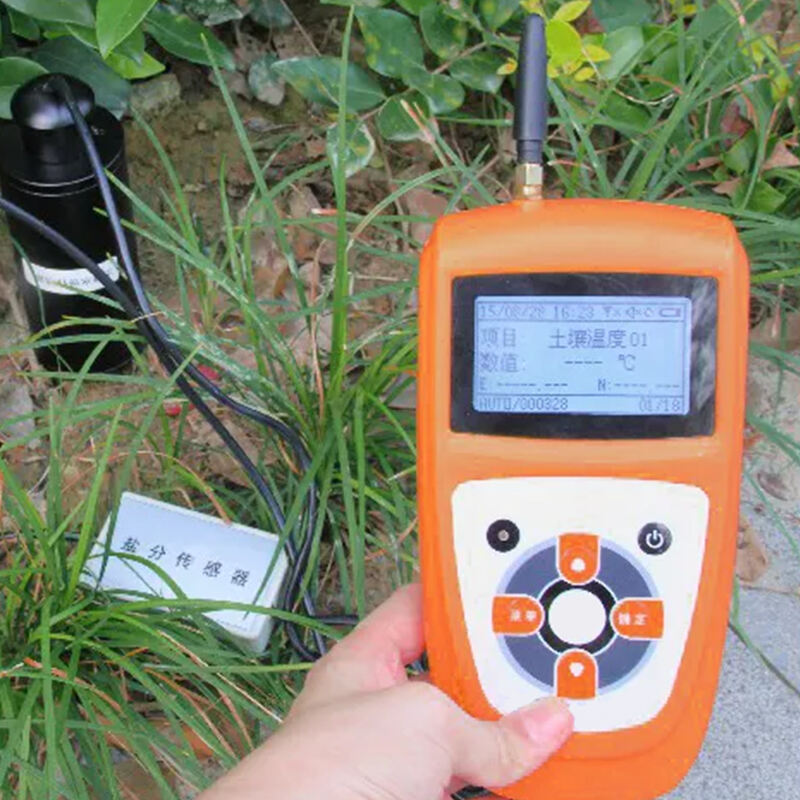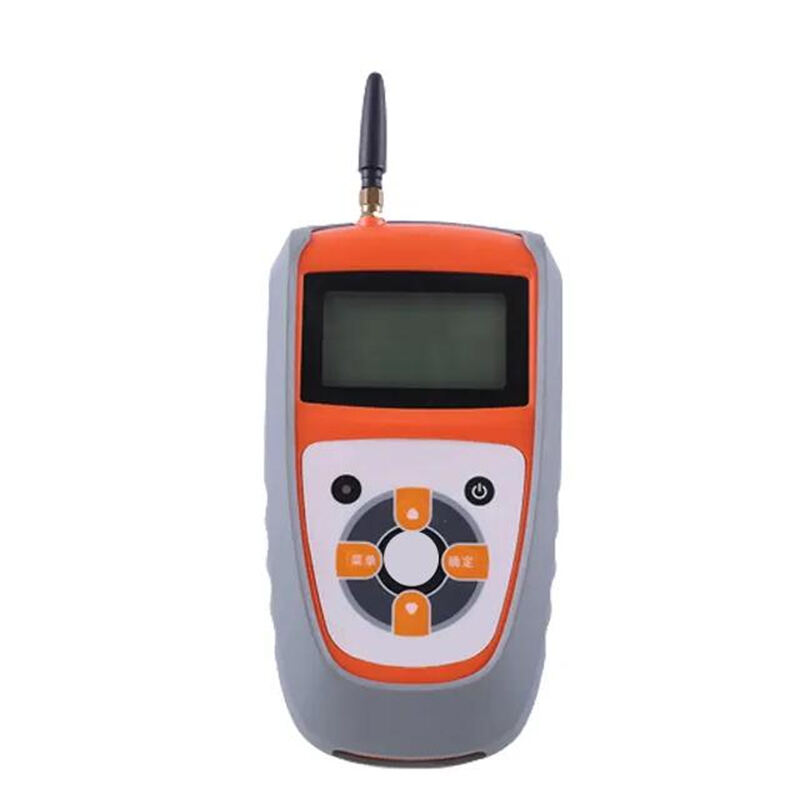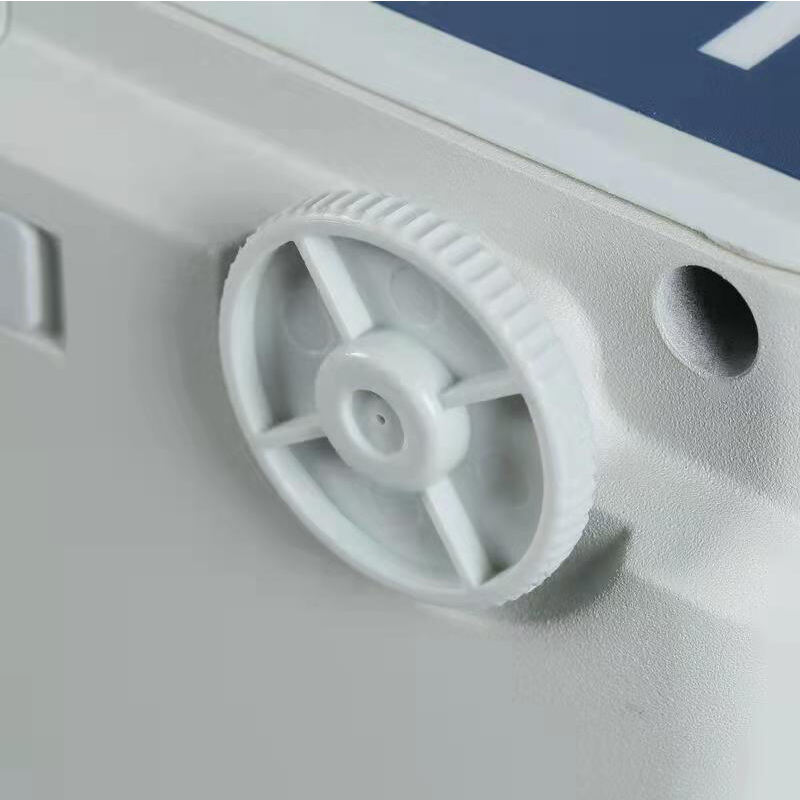When it comes to most things in life, moisture is your friend. Whether you are baking a cake, watering plants or even ensuring your home doesn’t feel too muggy, knowing the moisture level can benefit you in multitudes.
There are several ways to gauge moisture, and one way is by using a moisture meter. A moisture meter is a device that can let you know how much water is in something. It's something that can be very useful in a variety of contexts, from farming to construction to even conducting science experiments.
Moisture meters can vary significantly between different types. Others are for specialized applications, like measuring the moisture level in wood or soil. When you are selecting a moisture meter, you need to consider what you are going to be using it for, and then decide on the best one for you.

The Advantages of Using Moisture Meters Absence of moisture in excess can cause many problems in the long run.Real estates and property, painting, and manufacturing are just a few of these.But when it comes to agriculture, there is one particular aspect that needs to be checked from time to time and that is the moisture content.

For those that are technology-oriented and has an interest with gardening or agriculture, using a soil moisture sensor can provide you valuable information; and help you take the necessary steps to adjust microbial activity and save water! Too little means that the plants may wilt and die. Additionally, if the ground is too wet, the plants can't process the nutrients they need to grow. Using a moisture meter will help farmers to ensure that their crops receive the perfect volume of water.

So many variants of moisture-measuring devices are available with unique models and functionalities. This is often the type of moisture meter used on boatscakesetcurtainsandwood Meters are now made to read the amount of electric resistance in a hydrometera material the resistance is measured for moisture content. Another kind of moisture meter is the one that's pinless, and it uses electromagnetic waves to measure the moisture content of the material without causing damage.